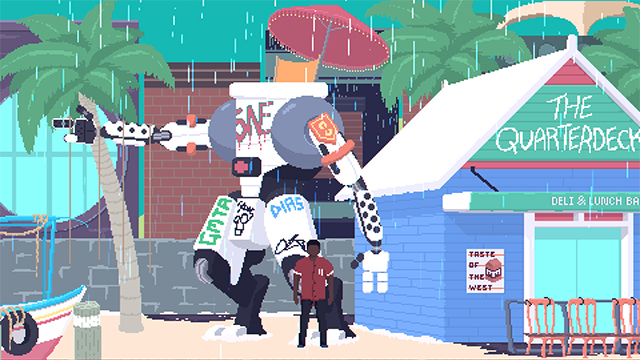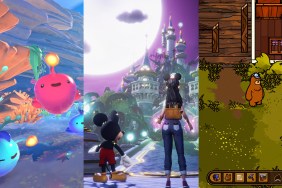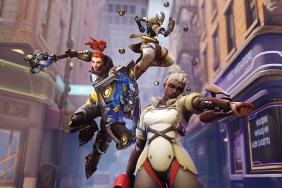My love of hip hop has waned in the last few years as I’ve been slowly transitioning into an old man that hates all music that I heard after high school. Games hardly play to my picky hip hop tastes which is why I was surprised when I heard what Desert Child‘s beats had to offer. I was even more more…

Atlas is an action-rpg with rogue-like elements where you use your ability to control the ground to fight the enemies and move through procedurally generated worlds.










